The spring calving period is about to move into full swing for the majority of suckler herds across the country and the daily workload tends to increase significantly.
Although there are multiple jobs to complete on farm at this time of year, calving should get priority.
Getting live calves on the ground will determine the level of farm sales, and therefore income towards the end of this year, or next year for birth-to-beef finishing systems.
Outlined are a series of steps to help deliver a more successful calving period over the coming months.
1 Feed pre-calving minerals: from six weeks prior to the start of calving, offer cows a good pre-calving mineral as silage tends to be low in minerals.
A lack of vitamin E, selenium and iodine can cause cows to be more lethargic at calving, meaning cows have pro-longed labour and require greater levels of assistance.
Calves can also be slower to get to feet and suckle and there is an increased chance of cows holding the placenta after calving.
Feeding 120g to 150g of minerals daily by dusting over silage will suffice. By dusting the minerals, you can see cows coming forward to the feeding face.
Along with pre-calving minerals, it can be beneficial to feed 0.5kg/head of soya to cows in the final two weeks before calving starts as this will improve colostrum quality.
Having cows grouped according to calving date means that you do not have to offer minerals, or soya, to the later calving cows until a more appropriate time, thereby saving on costs.
In addition, spraying 1ml to 2ml of iodine on the flank of the cow can be beneficial to increase mineral intake. This should be carried out weekly from around four weeks pre-calving.
2 Build cows up to ad-lib silage: cows calving in March should now be eating silage on an ad-lib basis as 75% of calf development happens in the final trimester of gestation, therefore the cow has an increasing demand for energy.
March-calving cows should be in the correct body condition prior to calving.
Do not be tempted to heavily restrict forage to March-calving cows that are over fat, as this can create metabolic issues for animals during and shortly after calving.
There is still time to correct body condition for April and May calving cows, but do so in a slow, planned manner.
3 Scour vaccines: where cows will remain housed after calving, vaccinating against scour is money well spent. Newborn calves have little immunity and are at a higher risk of picking up an infection.
This risk is multiplied when stocking rates in loose sheds increase after calving, and calves share straw bedding with cows, especially if bedding is not kept dry and clean.
Vaccines should be given now to reduce these risks. But remember that a vaccine is not a substitute for good management and hygiene in cattle housing.
Also, a scour vaccine is pointless if you do not ensure that the calf gets adequate colostrum during the first two hours of life.
4 Feeding cows in the evening: feeding cows in the evening can help to reduce the number of cows that calve late at night or during the hours of early morning.
As cows calving late at night can get less attention, this increases the chances of dead calves.
For this to work, you should only offer cows silage late in the evening and also avoid giving animals any feed during the day.
5 Ensure that calving pens are clean: where calving pens have been used this winter to house a stock bull, injured or sick animals, then these pens need to be washed out and disinfected now.
Once calving starts, pens should be cleaned as often as possible, but this is easier said than done. Once you enter the period of peak calving, cleaning pens after every use is unlikely due to time constraints. Therefore, calving pens should only be used during labour, especially any pen where caesareans will be performed.
Apply plenty of bedding to calving pens to give the cow traction during labour, and to give a clean, dry surface for the newborn calf.
6 Calving aids at the ready: check that you have plenty of calving gloves, lubricants and iodine spray in advance of calving and invest in new calving ropes if the old ones are frayed or soiled.
Remember that calving ropes can transfer infection to the inside of the cow, so ensure that all ropes are disinfected after use.
Store all calving aids and the jack next to the calving pens now, so they can be easily located.
Most herds will usually have a couple of cows calve early, which can catch farmers out if they are unprepared.
7 Moving cows to calving pens: if you have access to loose straw-bedded pens, move cows around one week to 10 days before calving date to allow the animal to settle in the new environment.
Moving cows, and especially heifers within a day or two of calving, can cause stress and actually delay labour.
If you only have the option to move cows from slats to individual calving pens, it is often best to wait until the animal has entered labour before moving.
As mentioned earlier, calving pens should be kept as clean as possible. The less time cows spend in calving pens, the less they are soiled and the buildup of bacteria is smaller.
Soiled calving pens increase the risk of infection to calves. As a newborn calf hits the ground, it has no immunity.
As the calf lies on straw, its navel is a point of entry for infection. Therefore, providing clean bedding and treating the naval as soon as possible will reduce the risk of infection.
Moving the cow and calf to loose pens as early as possible after calving will also reduce soiling in smaller pens.
8 When to intervene: cows should be allowed to calve on their own, so do not rush them. Once the water-bag has passed, check for progress after 20 to 30 minutes.
If the calf is coming in the proper position, leave the cow alone to calve. For cows, if after two hours there is no further progress, you should step in to intervene. For heifers, you can step in earlier to correct any problems.
9 Water: calving is stressful and cows will lose fluid. Ensure cows have plenty of access to clean drinking water during labour and post-calving.
10 Calf colostrum: after calving, allow the animal to clean and bond with the calf. However, ensure that the calf gets adequate colostrum.
As a rule of thumb, the calf should have sucked for a combined 20-minute period around two hours after it is born.
The calf’s ability to absorb antibodies decreases rapidly during the first six to 12 hours of life, so the more the calf sucks the better.
If using a stomach tube to give the calf its first feed, ensure that the tube is sterile as it is placed straight into the animal’s gut and can transfer bacteria if soiled.



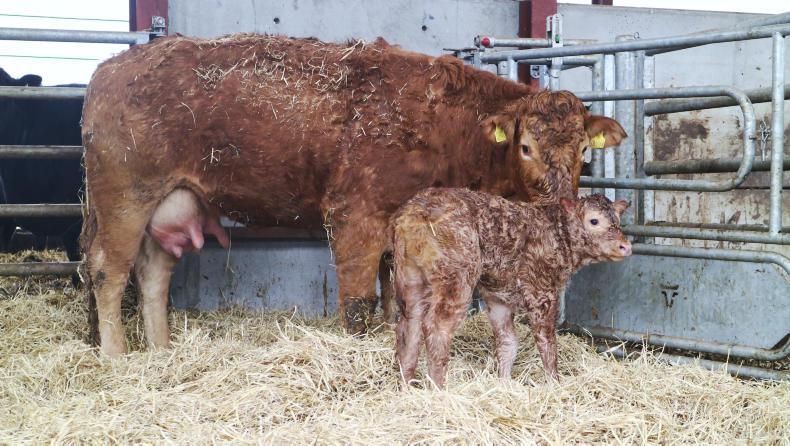

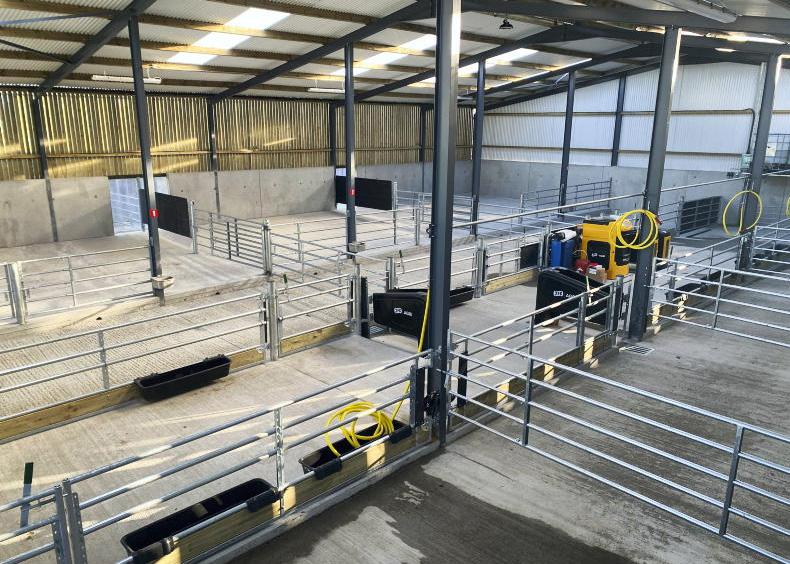

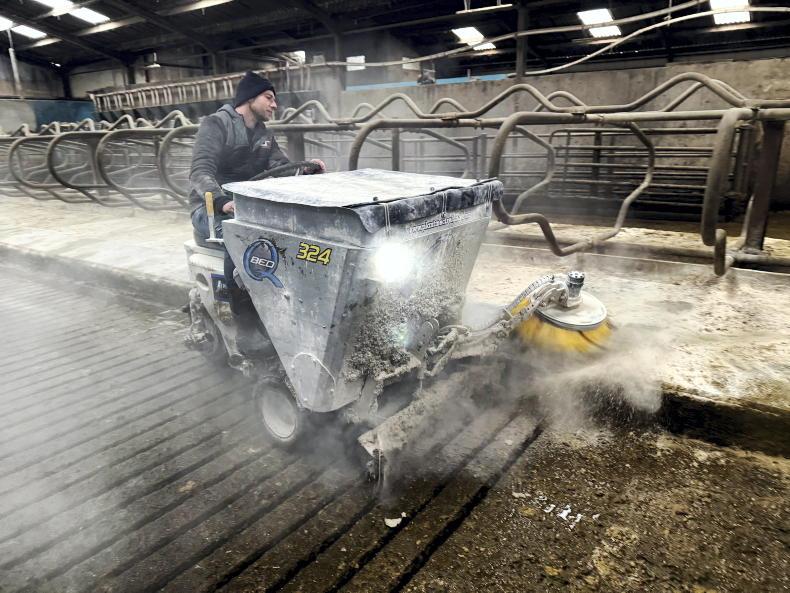
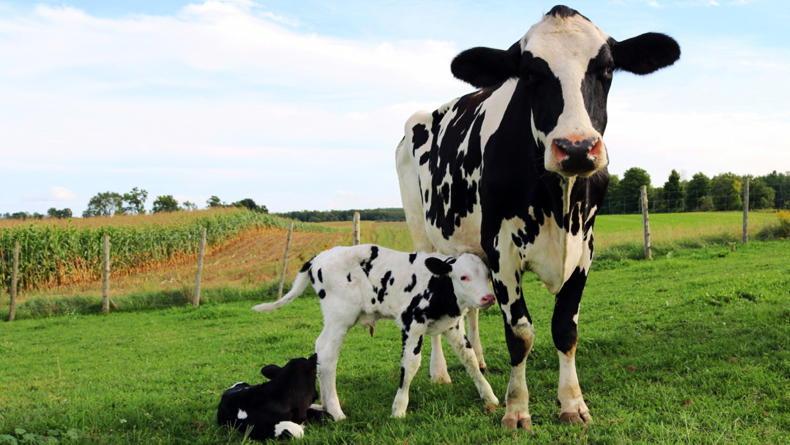
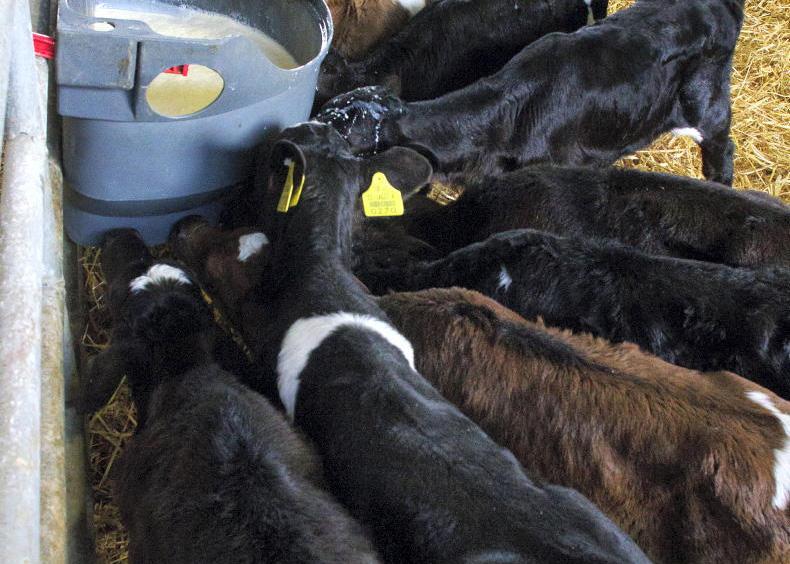
SHARING OPTIONS